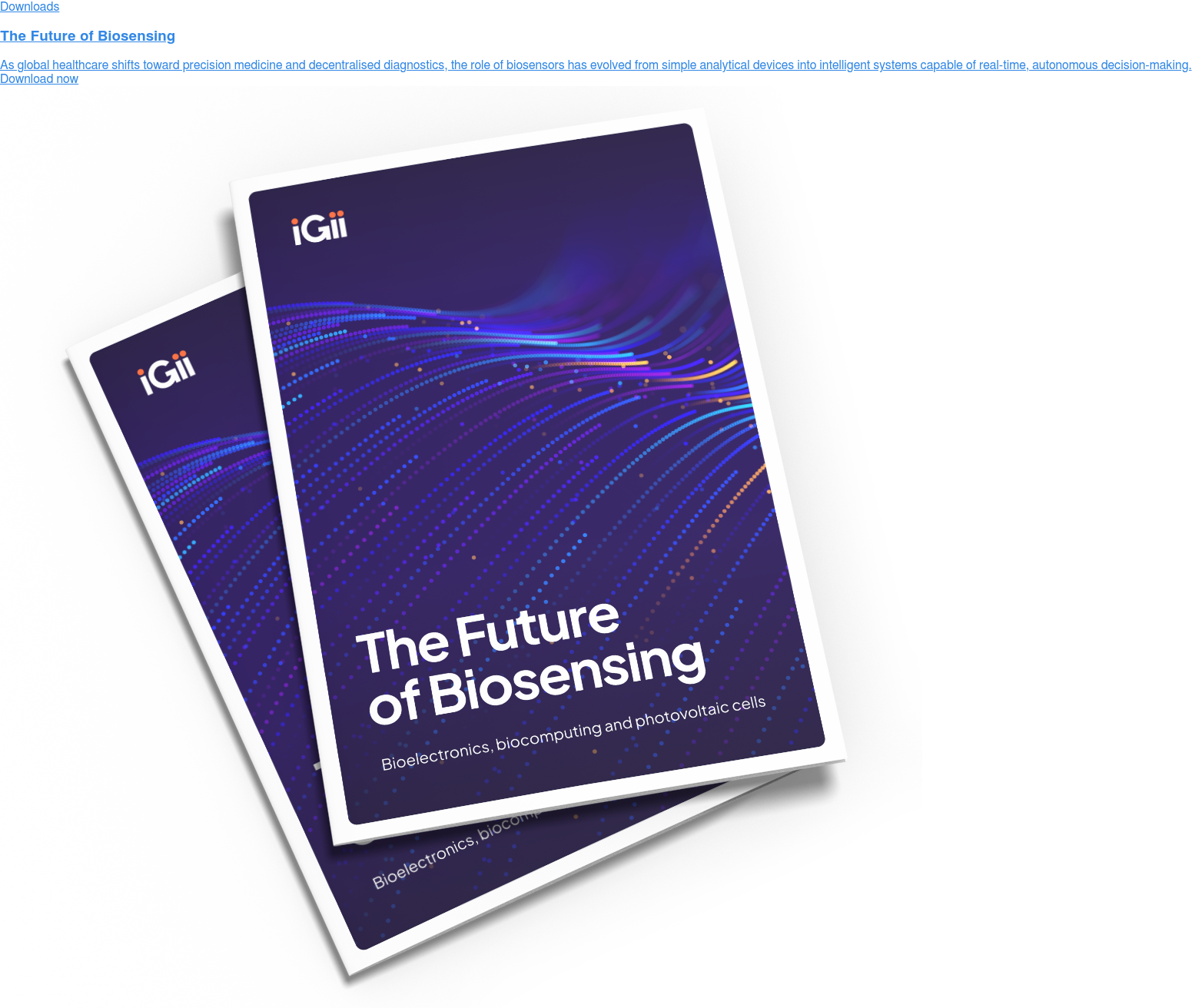.jpg) How carbon nanomaterials are transforming biosensing's sustainability credentials"
class="w-full h-full object-cover"
/>
How carbon nanomaterials are transforming biosensing's sustainability credentials"
class="w-full h-full object-cover"
/>
How carbon nanomaterials are transforming biosensing's sustainability credentials
Biosensing is entering a new era, one where performance is not enough. From point-of-care diagnostics to wearable health monitors and environmental sensing, developers are being challenged to innovate sustainably. That imperative raises a pivotal question: can the materials at the heart of biosensors (their electrodes) move beyond resource-intensive metals and legacy carbon pastes to something fundamentally cleaner?
Carbon nanomaterials, particularly graphene and its derivatives, are often presented as a solution. With their high conductivity, large surface area, and exceptional sensitivity, they’ve already proven their technical value. But are they truly sustainable?
The sustainability promise of carbon nanomaterials
Compared to traditional biosensor materials like gold, platinum or palladium, carbon nanomaterials offer several sustainability advantages in principle:
- Abundant feedstocks: Carbon is plentiful, and graphene-related materials can, in some cases, be derived from renewable or waste sources such as biomass, polymers or carbon black.
- Metal-free alternatives: By replacing or reducing the need for noble metals, carbon nanomaterials reduce dependency on materials with high embedded emissions, mining impacts, and geopolitical supply risks.
- High surface area, low mass: Their 2D or 3D morphology enables efficient charge transfer and high biomolecule loading with minimal material, potentially reducing the total mass required per device.
- Recyclability and decentralised fabrication potential: Some forms of carbon nanomaterials can be reclaimed, regenerated or processed in low-footprint settings, supporting circularity and localised manufacturing models.
These traits, taken together, suggest a material class that could play a key role in making biosensing technologies more compatible with circular and low-carbon economies.
But is it that simple?
The reality is more complex. Whilst carbon nanomaterials offer clear theoretical advantages, their actual environmental performance depends heavily on how they are made and integrated.
Many conventional production routes such as chemical vapour deposition (CVD), Hummers’ method (for graphene oxide), or high-energy ball milling require significant inputs. This includes high temperatures, strong acids or oxidants, organic solvents and energy-intensive drying or post-processing steps. Life cycle assessment (LCA) studies have shown that without careful design, these processes can erode the environmental benefits of the material itself.
Likewise, end-of-life considerations for carbon-based biosensors remain underdeveloped. Graphene composites, for example, are rarely separated or recycled in practice. Biodegradability claims vary widely, and data on degradation pathways, environmental toxicity or circular compatibility is still emerging.
The takeaway? Carbon nanomaterials can be more sustainable than traditional electrode materials, but only under the right conditions.
What would a truly sustainable carbon nanomaterial look like?
To move from promise to practice, next-generation carbon materials for biosensing need to be engineered for low environmental impact across their lifecycle rather than solely performance. This includes a number of key factors:
- Feedstock flexibility: Ideally using renewable, recyclable or waste-derived carbon inputs.
- Benign manufacturing: Avoiding toxic reagents, high-temperature processes or persistent solvents; enabling water-based or solvent-free synthesis.
- Energy efficiency: Minimising total energy input per gram or per functional device.
- No metal dopants or supports: Achieving high sensitivity without reliance on noble or critical metals.
- Stability and durability: Extending device life to reduce replacement frequency.
- Recoverability: Enabling delamination, regeneration, or upcycling of sensor elements at end of life.
Few materials on the market today meet these standards fully. But that is beginning to change.
A novel carbon nanomaterial that redefines the baseline
Recent advances in 3D carbon nanomaterials have led to the development of a new class of porous, metal-free carbon electrode that approaches sustainability from the ground up.
This material is produced without any noble metals, chemical refining or high-temperature processing. It uses only a carbon substrate and electricity. The process can be powered by renewable energy, contains no toxic waste streams and is fully scalable. Structurally, it is a pure, consistent carbon foam with high electrochemical stability and surface area, allowing it to perform equivalently to graphene electrodes in biosensing applications.
Its uniformity and reproducibility lead to reduced material waste, lower packaging requirements and less batch-to-batch variation. These are key contributors to sustainability in manufacturing and disposal. Because the material is stable, customisable and free of metal contamination, it opens new doors for biodegradable or recyclable sensor formats that were previously impossible with traditional materials.
The pathway forward to sustainability
Sustainability in biosensing has become a requirement. And while carbon nanomaterials hold promise, most fall short due to factors like high-temperature processing and complex waste streams undermine their green credentials.
Gii is different.
It’s a pure, porous, 3D carbon nanomaterial produced without noble metals, toxic chemicals or high energy inputs, just a substrate and electricity. This results in a stable, reproducible, high-performance electrode that outperforms legacy materials and supports net-zero goals.
To find out more about Gii and its innovative potential in biosensing, download our guide below.



